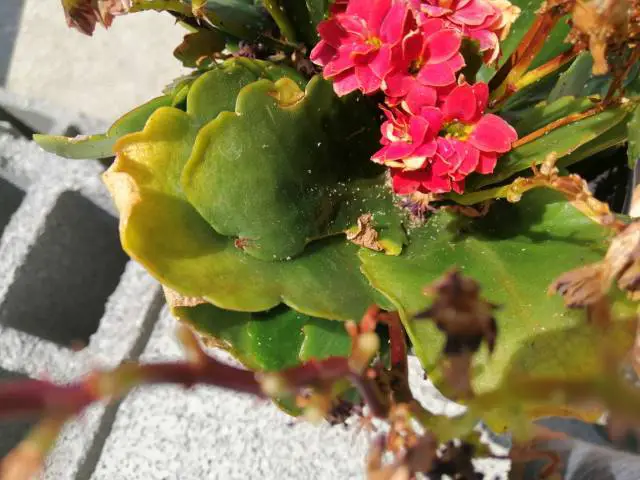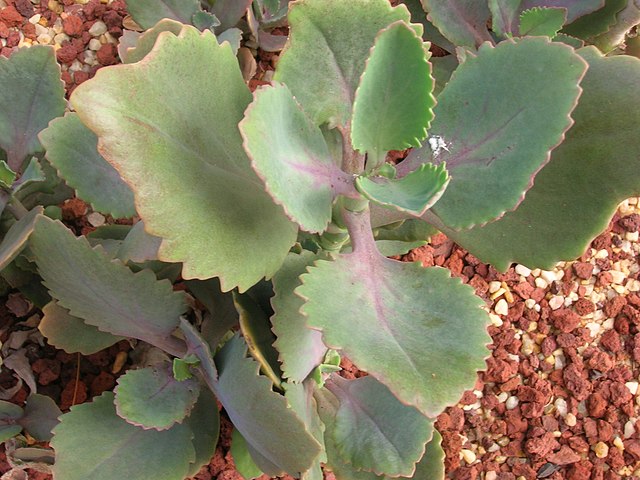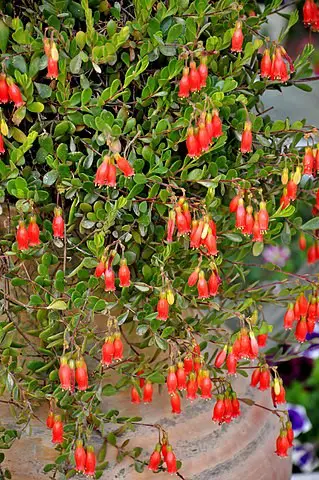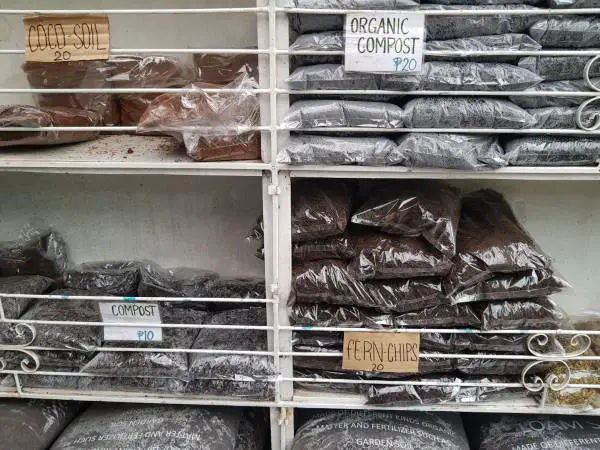Kalanchoe succulents are popular thick-leaved plants that come in a wide range of unique appearances, colors, and textures that make them a perfect choice for almost any taste. They are beautiful soft succulents that require low maintenance and can be easily propagated from cuttings. If taken care of well these succulents can be highly rewarding due to their amazingly colorful blooms.

Do you have a Kalanchoe succulent that is not looking in the best health? It probably needs a little attention from you to bring it back to normal. Kalanchoes are low care succulents but do not confuse it with ‘no care’.
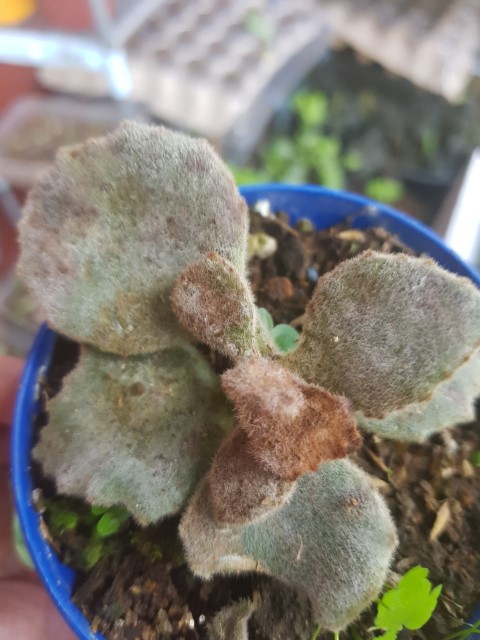
Like all other succulents, Kalanchoes have specific care requirements to make them grow healthy and happy. Certainly, you do not want your succulents to die due to negligence. When a plant droops or starts showing signs of distress, pay close attention to the different plant care needs to see if the succulents are getting proper care.

Read about Kalanchoe types Here:
https://kalanchoe-succulent.com/types-of-kalanchoe/
Watch for watering schedule
There are several signs indicating water stress such as drooping, shriveling, puckering, and color variations. Too little watering can put your Kalanchoe in survival mode and prevents normal crop development. Excessive watering can cause rotting and disintegration of roots.
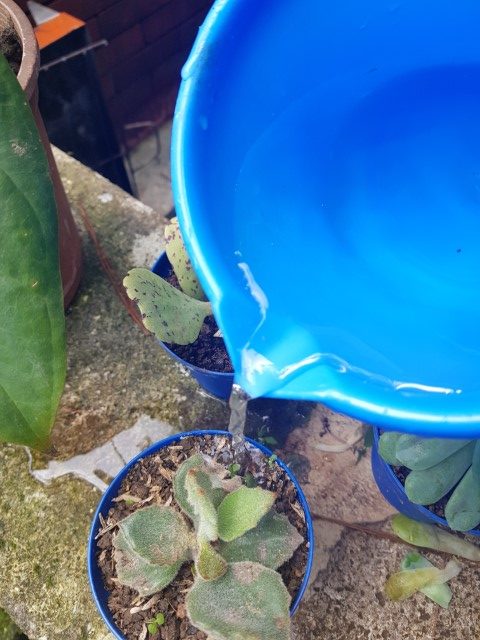
However, the symptoms of overwatering and underwatering are often similar and can be confused with each other. Leaf discoloration, wilting, stunting are symptoms of both conditions, so how would you be able to tell if a Kalanchoe is overwatered or underwatered?
Well, here is a little key difference to differentiate between both. If the wilted leaves are dry and brittle around the margins, it indicates that your succulents need more water
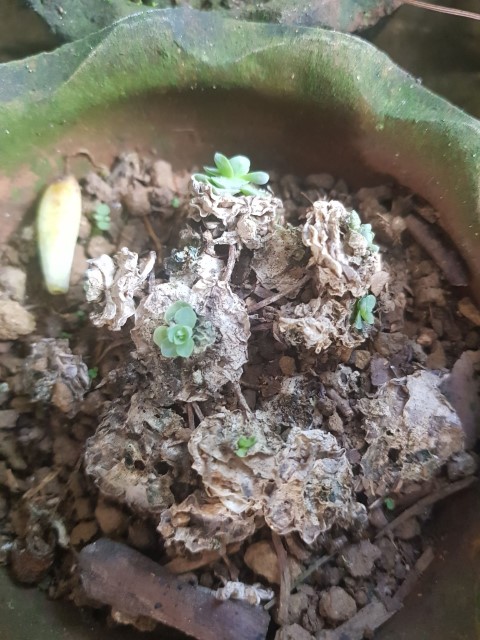
The most obvious solution for an underwatered Kalanchoe succulent would be to water immediately. An overwatered Kalanchoe can come back to normal after resuming normal watering regimes. Just irrigate your succulents regularly as soon as the top 1 to 2 inches of the soil dry out.
To save overwatered Kalanchoe succulents, cut short the water supply immediately. Water moderately and let the soil drain properly before applying the next water. In case of excessive application of water, it is generally difficult to save the plants. However, if the problem is diagnosed at an early stage they can be saved because some parts of the succulent may be still alive. To save an overwatered Kalanchoe it is advised to take the cuttings from the dying plant and propagate an entirely new plant from it.
Give plenty of light with limitations
Remember back in science class, when we learned that the plants trap the sunlight and convert it into energy. Light is critical for the normal growth and development of Kalanchoe succulents. They need plenty of light to thrive. If your Kalanchoes get very low light exposure they will appear thin and stretched out. They may grow and stay alive in constant shade, but at a certain point, they will start to stretch towards the source of light.
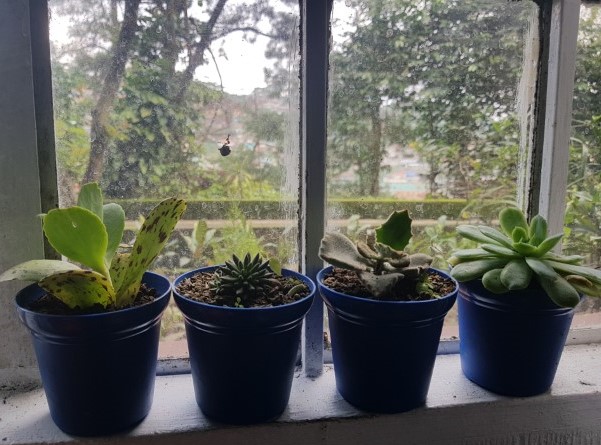
To revive the normal health of your Kalanchoes, move the potted plants under bright indirect sunlight. If the outdoor environment does not have enough sunlight, move your Kalanchoes indoors under artificial lighting. If the Kalanchoes are planted in the ground, trim overhanging tree branches (if any) to let the sunlight reach the plants.
You might be familiar with the famous maxim “excess of anything can be bad”, similar is the case with the lighting requirements of the plants. If the Kalanchoes appear pale or washed out, it’s an indication that they may be getting too much exposure to light. The succulents can essentially suffer from sunburn due to too much light, just like us!
So be careful where you keep them. Don’t expose your succulents to bright direct sunlight. If you observe any signs of excessive exposure to light, move your potted succulents under partial shade or indoor environment. In very hot climates, the succulents should be planted in sunny gardens that get shade at the hottest hours of the day.
Protect from freezing temperature
Kalanchoes generally prefer to grow in warmer climates. They do not like to be standing in freezing weather. Are you living in a cold zone where the temperature often falls below freezing? You might experience that unprotected Kalanchoes will die due to the freezing temperatures because even a few hours of exposure is sufficient to kill them.
To save your Kalanchoes from freezing damage bring the potted Kalanchoe succulents indoors. If the Kalanchoes are in garden soil, it is better to cover them with frost cloths.
Avoid excessive fertilization
Certainly, fertilization is good in the case of many plants. But Kalanchoe succulents do not need a heavy dose of nutrients. Generally, they get plenty of nutrients from the soil medium and they grow best in poorer and less fertile soils. Overfertilized succulents may start to grow too quickly with weaker stems and smaller and flexible leaves. So, do not overfertilize your succulents.
Check if the potting soil drains well
Kalanchoe succulents thrive best in a well-draining soil medium. If your Kalanchoe succulent begins to wilt or suffer, water your plants well and see how quickly it drains. If the soil doesn’t drain quickly, it’s an indication that the potting soil has no longer good drainage. You may need to shift your plants to a fresh potting medium that has a better drainage potential. To enhance the drainage capacity of the soil, add coarse matter like sand, perlite, or lava rocks.
Pest Control
Insect pests can occasionally attack the succulents. Aphids, mealybugs, scales, and mites can be observed invading the Kalanchoe succulents. The risk of insect attack can be reduced by maintaining good plant hygiene, removal of dead or rotted leaves and flowers.
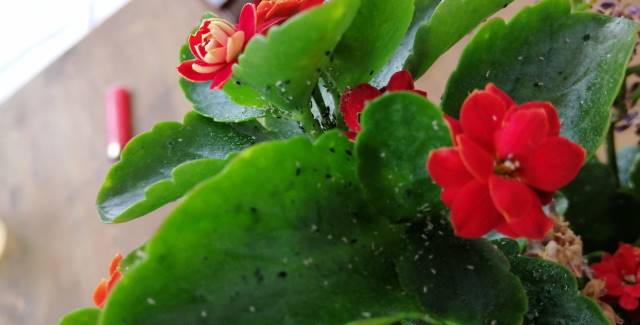
Aphids can be washed off with a strong stream of water that carries them away. To get rid of mealybugs, the succulents should be rubbed with 70% isopropyl alcohol. In case the insect pest attack is very severe, spray the succulents with a non-toxic insecticide. Repellent oils such as neem oil can also help you to get rid of insect pests. Scales are difficult to control but they can be controlled with insecticide sprays.

